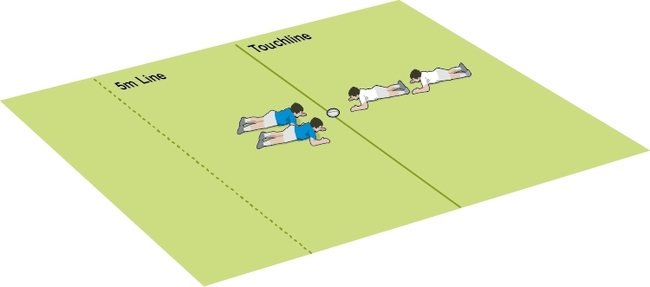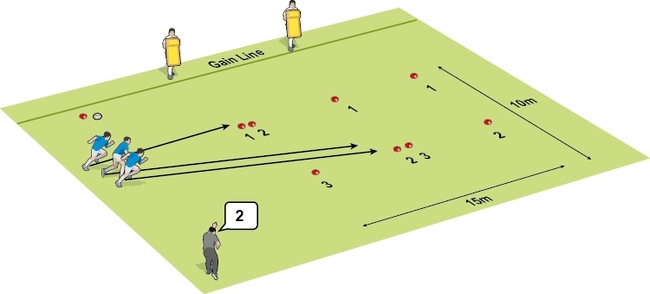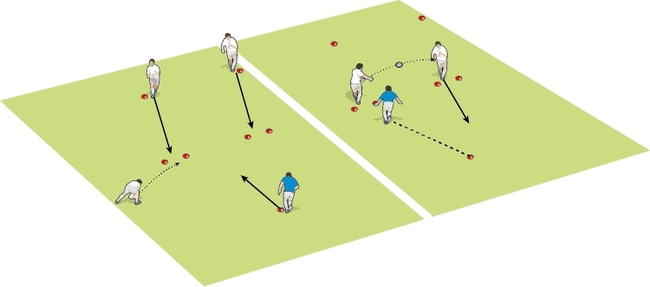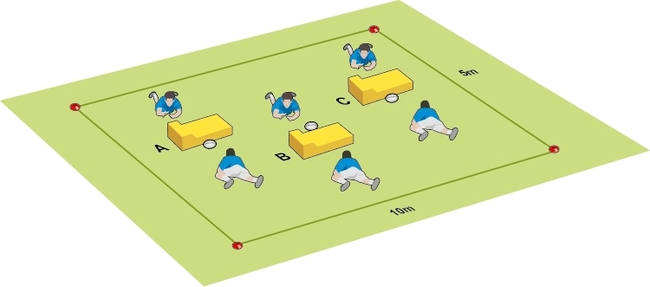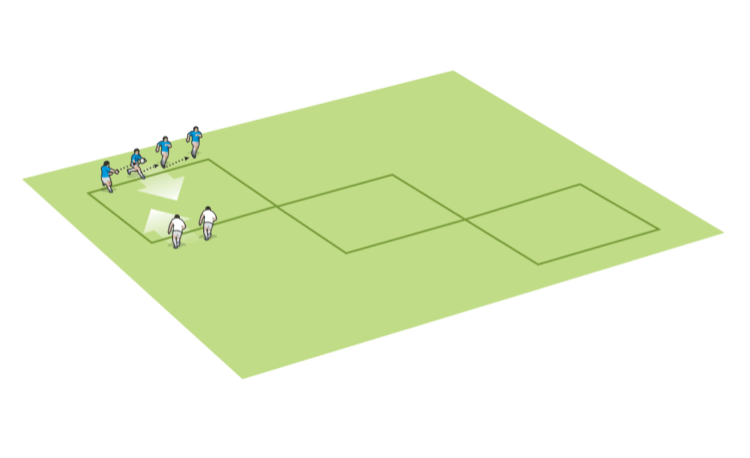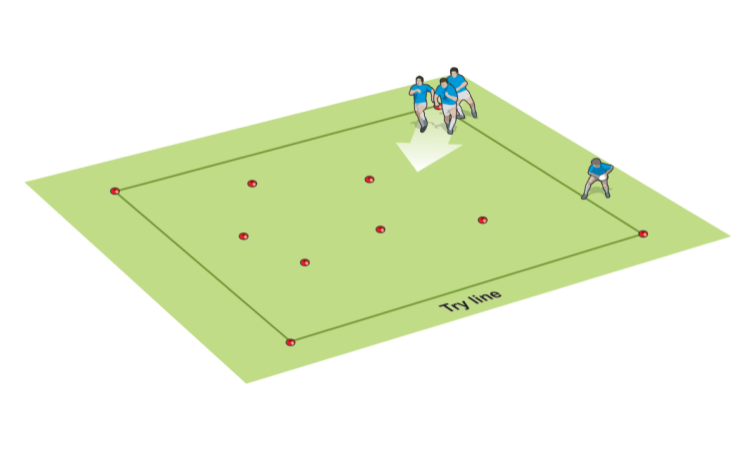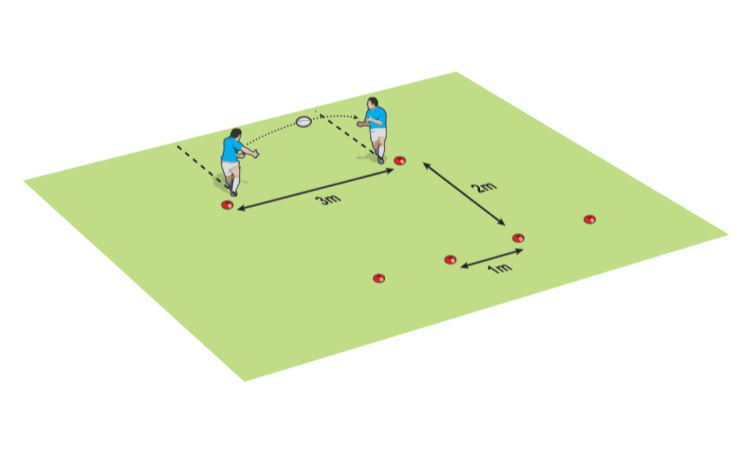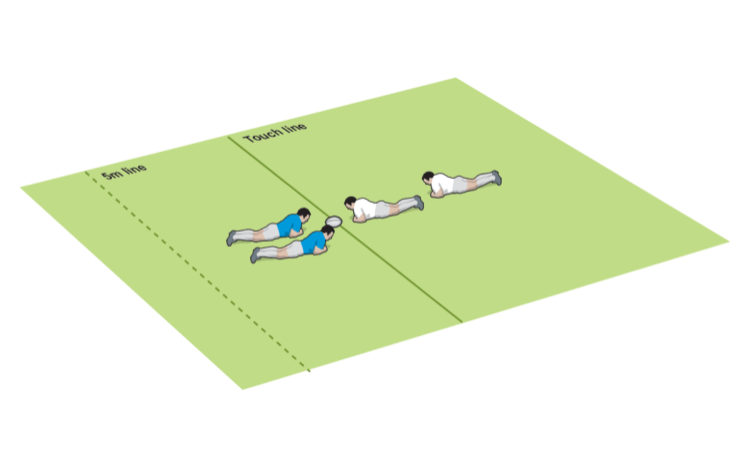You are viewing
1 of your 2 free articles
30 minute upskill booster session
Here’s a 30 minute upskill booster for either senior or junior players. It’s aimed to fit into your whole session.
You’ve got 90 minutes at training. The first 10-15 minutes will be your warm-up. At the end, you will playing a game, plus add in some set-piece work.
That leaves you with 30 minutes to upskill your players. Boost their current skillset with activities that put them under pressure to be technically accurate.
Here are two sessions, one for more senior players and one for less experienced players. You can, of course, adapt up and down to suit your team.
SENIOR
Passing under pressure
Flat and deep
You will need a couple of minutes before the session to set up the cones, and when the session is running, you might need to adjust the distances.
Realigning to come onto a pass helps create pace onto the pass, plus the ability to attack gaps.
It upskills simple passing skills into a game context.
Rucking under pressure
Win the ruck with just one player
A little more contact here, with the players aiming to upskill their body positions in a 1 v 1 situation.
You can run this with the whole squad if you have enough ruck pads, or have four players per pad. There’s a mini-game you can use in this session or as a reminder for the next session.
JUNIOR
Passing under pressure
Push pass offline
This will need a couple of minutes before the session to set up the cones. It develops the players because they won’t always be running straight lines when they pass.
You are upskilling their basic passing and support running lines.
You can run this with groups of up to 10 players at a time if you want to be really intense.
Support under pressure
Close support, attack and defence
This is a low-impact contact session to work on the roles of the ball carrier, tackler and the first two players around them. You are upskilling their body positions and support roles.
Split off into fours if you have enough coaches. Mix up the combinations of players between groups. Start at a low intensity.
Emphasise the language and communication you want around this situation. For example, fight to the ground or yards after contact.
Newsletter Sign Up
Coaches Testimonials

Gerald Kearney, Downtown Las Vegas Soccer Club

Paul Butler, Florida, USA

Rick Shields, Springboro, USA

Tony Green, Pierrefonds Titans, Quebec, Canada
Subscribe Today
Be a more effective, more successful rugby coach
In a recent survey 89% of subscribers said Rugby Coach Weekly makes them more confident, 91% said Rugby Coach Weekly makes them a more effective coach and 93% said Rugby Coach Weekly makes them more inspired.
Get Weekly Inspiration
All the latest techniques and approaches
Rugby Coach Weekly offers proven and easy to use rugby drills, coaching sessions, practice plans, small-sided games, warm-ups, training tips and advice.
We've been at the cutting edge of rugby coaching since we launched in 2005, creating resources for the grassroots youth coach, following best practice from around the world and insights from the professional game.
